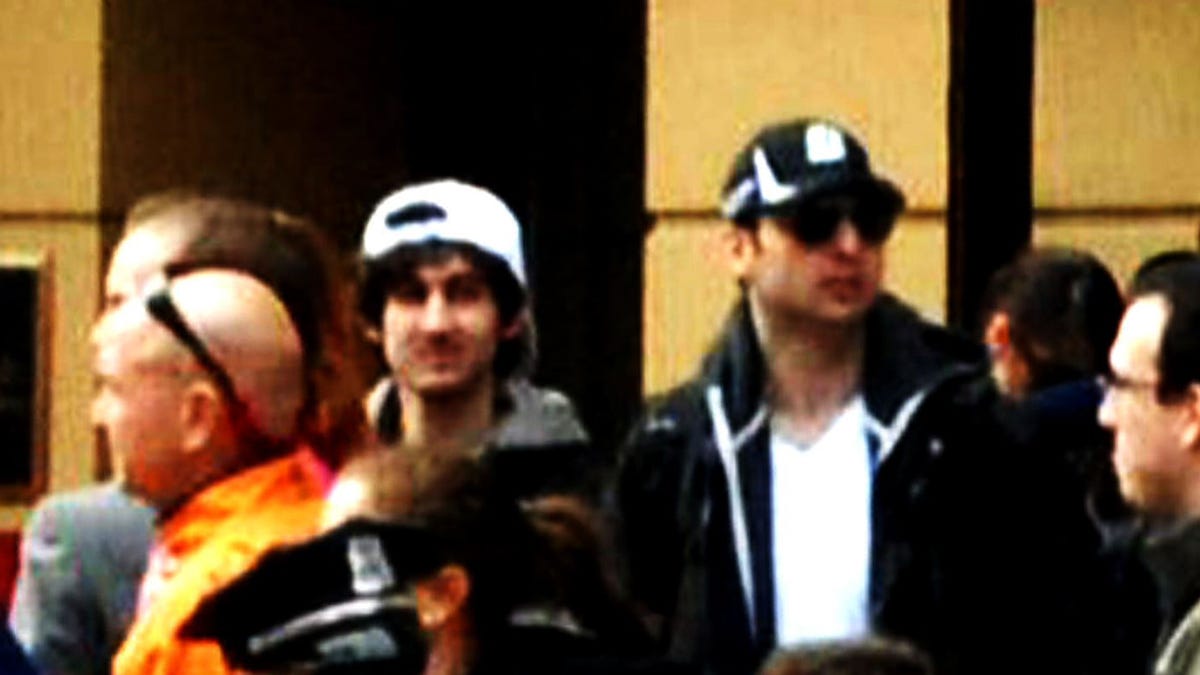Facial-recognition tech played no role in ID'ing bomb suspects
Despite images of the suspects at the scene and in official databases, the software could not put names to their faces, Boston's police commissioner tells the Washington Post.

While surveillance video provided key images of the men suspected of planting bombs at the Boston Marathon, police use of facial-recognition software proved unhelpful in revealing their identities.
Despite several images of Tamerlan and Dzhokhar Tsarnaev from the scene of the deadly bombings and the existence of images of the brothers in official government databases, facial-recognition software was unable to put names to their faces, Boston Police Commissioner Edward Davis told the Washington Post in an interview published Saturday. Dzhokhar Tsarnaev has a Massachusetts driver's license, while Tamerlan Tsarnaev, the elder brother who died Friday after a shootout with police, had been the subject of an FBI investigation, the Post noted.
After a dozen forensic experts spent days combing through hundreds of hours video and thousands of still images to construct a timeline of events, law enforcement use of facial-recognition software "came up empty," according to the Post. Conducted in a sprawling warehouse in Boston's Seaport district, the work was "painstaking and mind-numbing," according to the Post, with one agent reviewing the same segment of video 400 times.
In the end, it was old-fashion citizen cooperation that led to the suspects' identities, the Post reported. Investigators identified Dzhokhar Tsarnaev as Suspect No. 2 through images that provided "highly incriminating" evidence, "a lot more than the public knows," Massachusetts Gov. Deval L. Patrick said. Authorities released the images to the public on Thursday, leading to a call from an aunt of the suspects who provided their identities.
Despite the technology's crime-fighting promise, police departments have been reluctant to fully embrace facial-recognition software. The San Jose Police Department, in the heart of Silicon Valley, told the San Jose Mercury News that the technology is "definitely not something we use now."
"I believe more and more law enforcement agencies will adopt this technology," said Anil Jain, a Michigan State University computer scientist and engineering professor, told the Mercury News. "I would say in five years we should see significant gains in automatic face recognition in video."
The FBI is expected to develop a facial-recognition system next year for police agencies in the western United States, Western Identification Network CEO Ken Bischoff told the Mercury News.

